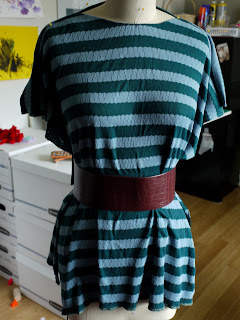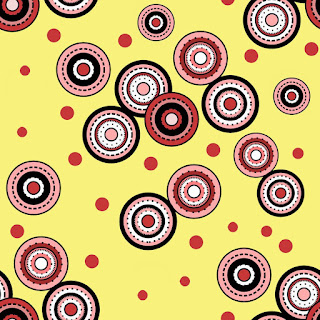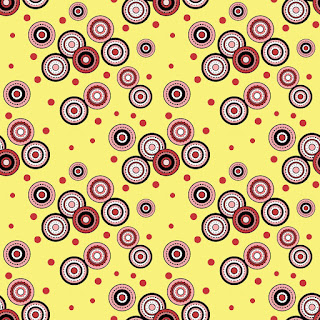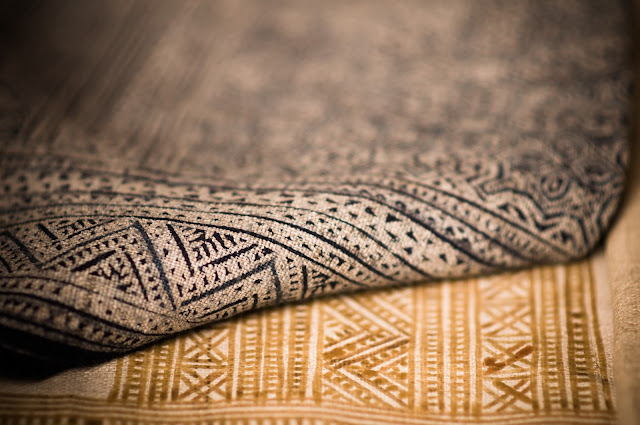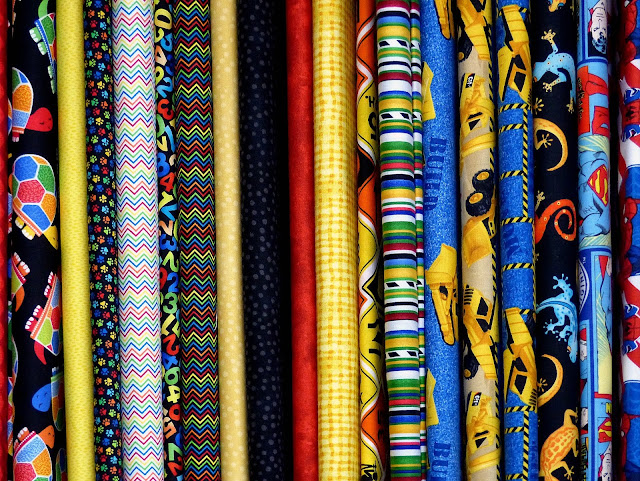
Mending Matters
Mending Matters is a book with two blended parts. The first part contains essays on Rodabaugh's journey to Slow Fashion. She explains what Slow Fashion is and the values that are important to the movement. There are also essays from other bloggers involved in the movement. The second part involves tutorials on mending with step-by-step photography for each project.
I have mixed opinions on this book. The first involves the discussion on Slow Fashion. Like the traditional food crowd, there are certain values involved with the consumption of clothing and textiles. There are words like sustainability, ethics, social justice, and activism used throughout. I almost felt brow-beaten by the philosophy. For Rodabaugh, Slow Fashion means buying and wearing only biodegradable fibers like cotton and linen. It means rejecting Fast Fashion trends completely and wearing clothing until there is no hope of repairing it. It means buying only clothing at a thrift store and using fabric dyes made from plants. There are a lot of little decisions one must make in order to be a part of the Slow Fashion movement. My first introduction to Slow Fashion was the Alabama Chanin trend, which has many beautiful examples. Rodabaugh's book goes a step further.

But even the author concedes that as you become more aware and educated about how clothing and textiles are produced, you will likely have to compromise on the very values you proclaim. This is because the entire production cycle from fiber to fabric to clothing to retail involves some process that may harm the environment or conflict with some other value. As an example, Rodabaugh wears linen because it is a biodegradable fiber. But the process in creating that linen fiber involves manual labor in foreign countries that do not necessarily pay what we would consider fair wages, followed by bleaching, dying, and transportation across long distances.
But as I have trouble with the Slow Fashion movement, I am actually participating. For me it is less about a political statement or personal philosophy. Granted, I think that we should work to find safer ways to grow and process fibers and find ways to reduce waste. Those are good things. My participation is more about thriftiness and economy. As I read this book, I realized that a majority of my wardrobe comes from the thrift store. There are, of course, certain things I can't buy at a thrift store, and those are purchased new, but on discount. I also repair and mend as needed and up-cycle what I can. Everything else goes back to the thrift store at some point. I never put a label on those activities because it was something that I naturally did.
The second part of the book contains tutorials on how to mend. The tutorials themselves are rather simple projects. Many similar projects can be found through online tutorials from various places. Rodabaugh does have a certain aesthetic and it really shines in the photography. Her mending uses sashiko stitching to elevate a mend or patch to something artistic. Sashiko thread is a cotton thread with long cotton staples and is known for its smooth, lustrous quality. Pearl cotton thread is a bit more economical, comes in many colors, and is pretty much the same thing. Sashiko stitching is precise stitching in a repeated pattern. Rodabaugh relaxes her stitching, though there are many beautiful examples of true Sashiko stitching online that you could follow if you choose.



In the past mending was meant to be invisible, if possible. In this case, it is meant to be a focal point. Some of the projects, such as the bags, lack practicality and would likely not hold up to heavy use. Hand stitching with large stitches lack strength. But, for some things it is probably fine. Below is a link to my pinterest board with more mending ideas.
As I said, I have mixed feelings. It is a beautiful book, no doubt. The projects are inspiring in their aesthetic appeal. It is making me rethink a few mending projects of my own. But is the book as a whole worth the cost? I'm not sure. What are your thoughts on the Slow Fashion movement?
*I am an Amazon affiliate and any links to Amazon are affiliate links.









